Murrelektronik Ethernet cable (network)
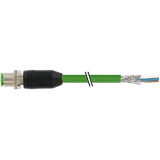
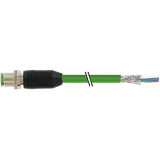
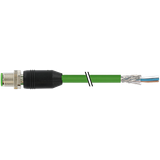


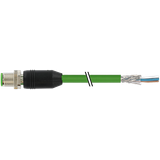

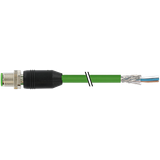




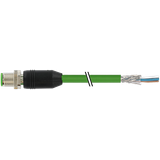
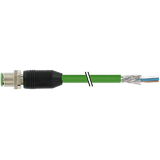
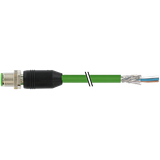


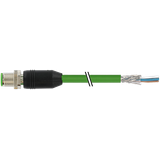
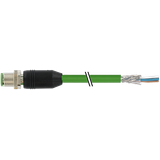

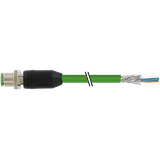
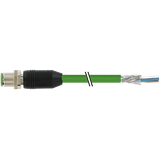


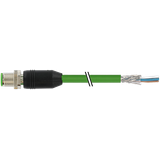


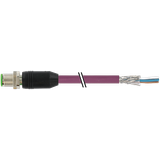



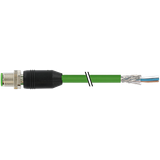
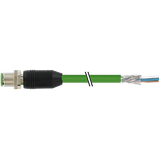

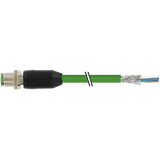
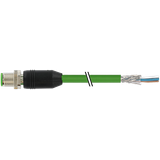

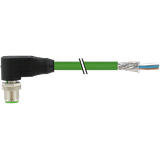

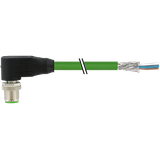

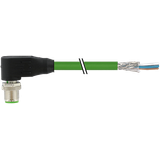
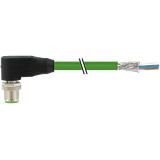
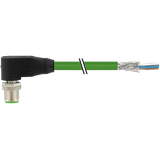
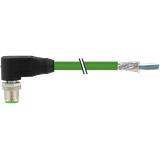
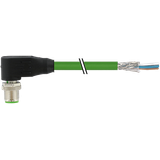
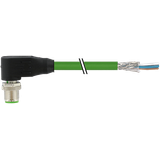
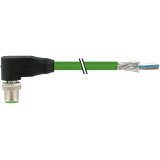
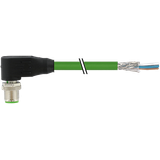
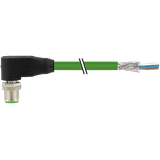
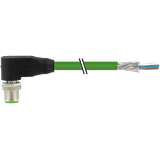
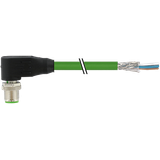
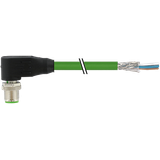
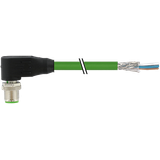


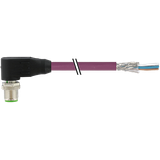
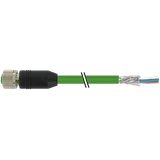


Murrelektronik LAN Cables for Industrial and Automation Use
Anyone who has wired a factory floor knows the problem: office-grade LAN cables fail within months once they meet vibration, heat, and oil. Murrelektronik LAN computer network cables were designed for that world — the one with drives humming, panels shaking, and forklifts brushing past cable trays.
The outer jacket feels heavier for a reason. It’s either PUR or TPE, both resistant to oil and mechanical wear. Inside you’ve got solid copper conductors, foil and braid shielding that doesn’t unravel when flexed. Category 5e, 6, and 6A versions exist, each tested to full industrial bandwidth and EMC standards.
In control cabinets, these cables handle signal integrity between PLCs, HMIs, and drives even when running alongside 400 V lines. The shielding holds up; there’s no packet loss, no random communication errors that eat up a maintenance shift.
Murrelektronik Ethernet Cables for Field Wiring
Field wiring is rough work. Connectors get stepped on, cables get twisted, and yet communication must stay stable. Murrelektronik Ethernet cables use M12 or RJ45 ends with solid strain relief. The contact pins are gold-plated, the housings nickel-plated, and every assembly is IP67-sealed. You can hose down a control cabinet and it won’t blink.
In most plants, technicians standardize on these for one reason — predictability. When they replace a section next year, the part number, jacket color, and conductor layout are the same. That means they can plug and test in minutes instead of rewiring from scratch.
Murrelektronik Cat5e and Cat6 Industrial Wiring
Cat5e and Cat6 in the Murrelektronik lineup aren’t “office” cable; they’re designed for automation. The Cat5e handles 100 MHz for 100 Mb/s links — perfect for most PLC or I/O networks. Cat6 and 6A versions push to 250–500 MHz for camera feeds and diagnostics. The conductors are AWG 22 or 24 stranded copper, impedance-matched to 100 Ω, with uniform twist geometry for crosstalk control.
In continuous-motion setups, flex-rated versions survive over 5 million bend cycles without signal drift. Technicians in packaging and robotics lines keep spares of these because they simply last.
Murrelektronik Structured Network Cables
Structured network cables from Murrelektronik are what integrators use when bridging office networks with industrial floors. They meet ISO 11801 and EN 50173 requirements, carry CPR Eca-Cca certification, and come with printed metre markings. Jackets are halogen-free and flame-retardant — that matters in control rooms and public facilities where fire codes are strict.
They’re used for linking switches, field I/O, and diagnostic systems. You can run them in tray, conduit, or underfloor ducts. They terminate cleanly, the shield bond is reliable, and the insulation stays tight even after years of heat cycles.
Field Notes from Installers
Most electricians who’ve switched to Murrelektronik never go back. You notice the difference on day two: the cable doesn’t twist when uncoiled, the connector actually seats, the shield clamp sits flush. A few years later, when you’re pulling the same network apart for upgrade, the copper still looks bright — no oxidation, no cracked jackets.
One foreman I talked to said he keeps a drum of Cat6A in the shop just in case. “Every time some random brand fails,” he said, “we cut it out, put in Murrelektronik, and that’s it. Problem solved.” That’s the kind of quiet reputation you only get from gear that works.
Supply and Partnership through Bank of Lamps
Bank of Lamps supplies the entire Murrelektronik LAN and Ethernet range across Europe — for system integrators, OEMs, and industrial distributors. Stock comes from our central warehouse in Latvia, traceable by EAN and MPN numbers. Bulk orders, mixed shipments, and recurring supply contracts are all supported.
Why Choose Bank of Lamps
- Individual B2B pricing adjusted to your annual project volume
- Dedicated account manager who knows network cabling standards
- Real-time warehouse visibility and partner stock access
- Fast quotation turnaround, usually within one hour
- EAN/MPN-based ordering — no manual data entry
- Regularly updated downloadable price lists
- Trnsparent lead-time tracking through production and logistics
- Access to full order history for repeat builds
- Up to 30-day post-payment terms for verified partners
- Consolidated shipping to reduce freight cost
- Instant delivery price estimation and confirmation before dispatch
- Stable price-validity periods for accurate project budgeting